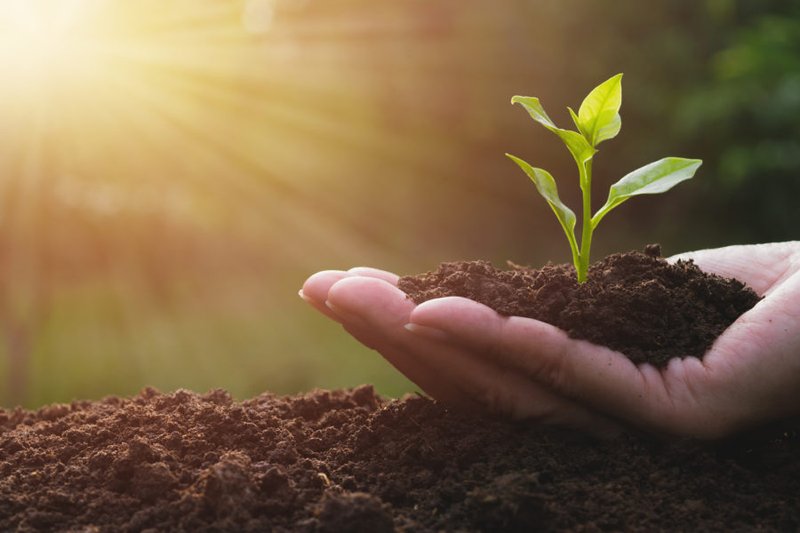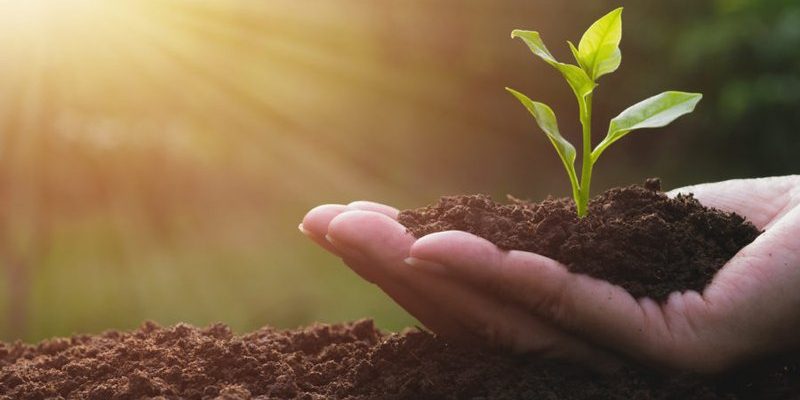
Cockatoos are more than just feathered friends; they play a crucial role in their habitats. By dispersing seeds and maintaining the health of forests, they help keep ecosystems in balance. Sadly, as their numbers dwindle, the ripple effect impacts everything around us. So, what does it take to protect these avian wonders? Let’s dive into the conservation efforts aimed at safeguarding the cockatoo.
The Importance of Cockatoos in Ecosystems
Cockatoos are not just pretty faces; they’re key players in the ecosystems they inhabit. Think of them as nature’s gardeners. Their role in seed dispersal helps new plants grow, which supports a diverse range of wildlife. Without them, the balance in their environment is at risk.
When cockatoos feed on fruits and seeds, they help in spreading those seeds across vast areas. This process encourages the growth of trees and plants, which in turn provide food and shelter for other creatures. It’s like a domino effect—if one piece falls, the whole structure is affected. Protecting cockatoos means protecting entire ecosystems.
Additionally, cockatoos are social creatures that often live in flocks. This social behavior helps them protect each other and find food. When their populations decline, not only do we lose their presence, but we also miss out on the intricate social structures that define their species. Understanding this importance is the first step in realizing why conservation is crucial.
Major Threats Facing Cockatoos
While cockatoos are resilient, they face several major threats that put them at risk. The most pressing issue is habitat loss. Urbanization, logging, and agriculture destroy the forests and woodlands that cockatoos call home. Imagine losing your favorite park because it was turned into a parking lot; that’s what cockatoos are experiencing on a larger scale.
Another significant threat is the illegal pet trade. Cockatoos are highly sought after for their intelligence and beauty, making them prime targets for poachers. This not only reduces wild populations but also disrupts local ecosystems. It’s heartbreaking to think that these birds are being taken from their families and habitats, often leading to suffering both for them and the environment.
Climate change also poses a growing danger. As temperatures rise, and weather patterns shift, the cockatoos’ food sources can become scarce. With less food available, their ability to thrive diminishes. We need to take action now to address these threats and ensure cockatoos can continue to flourish.
Grassroots Conservation Initiatives
Grassroots movements play a significant role in the conservation of cockatoos. Communities are coming together to raise awareness and take action. For example, local organizations often conduct regular bird watches and educational programs to teach people about the importance of cockatoos. By involving the community, they create stewards for the environment.
One successful initiative has been the planting of native trees in areas where cockatoos are at risk. These trees provide food and shelter for the birds, encouraging their return to habitats that have been altered or destroyed. It’s a hands-on way to help restore the balance in nature.
Moreover, many grassroots organizations engage in direct actions, such as stopping illegal poaching activities. By working closely with local law enforcement, they can help create safer environments for cockatoos. It’s inspiring to see how communities unite for a common cause—after all, protecting our feathered friends takes a collective effort.
Government and International Efforts
In addition to grassroots movements, there are many government and international organizations focused on cockatoo conservation. Various laws and regulations aim to protect these birds and their habitats. For instance, many countries have enacted laws against poaching and habitat destruction, which are vital for their survival.
At the international level, treaties like the Convention on International Trade in Endangered Species (CITES) work to control the trade of cockatoos and other endangered species. These treaties help ensure that cockatoos are not taken from the wild without proper regulations. It’s like a safety net designed to give these birds a fighting chance.
Additionally, government-funded programs often work on habitat restoration and research. By understanding the biology and behavior of cockatoos, scientists can develop better strategies to protect them. It’s a blend of science, policy, and community action that can create meaningful change.
Role of Zoos and Sanctuaries
Zoos and sanctuaries are playing an increasingly vital role in cockatoo conservation. They provide safe havens for cockatoos that have been rescued from the illegal pet trade or have lost their natural habitats. You might think of these places as the cozy shelters where birds can recover and thrive away from danger.
Not only do these facilities care for birds, but they also participate in breeding programs. By breeding cockatoos in captivity, they can help bolster populations and even reintroduce them into the wild. This can be a lifeline for species that are critically endangered.
Moreover, zoos and sanctuaries often educate the public about the importance of cockatoos and conservation efforts. They host events and workshops that highlight the challenges these birds face. Raising awareness is crucial; when people understand the issues, they’re more likely to get involved and support conservation efforts.
How You Can Help Save Cockatoos
You might be wondering, “What can I do to help cockatoos?” Fortunately, there are plenty of ways you can make a difference. First, consider supporting organizations that focus on bird conservation. Whether it’s donating, volunteering, or simply spreading the word, every little bit counts.
Another way to help is by being mindful of your choices. If you’re thinking about getting a pet, consider adopting a bird that needs a home instead of buying one. Additionally, educating friends and family about the importance of cockatoos can help spread awareness and foster support for conservation efforts.
Lastly, you can take action in your local community. Participate in or organize tree-planting events and habitat restoration projects. These hands-on efforts can directly benefit local wildlife, including cockatoos, and help create a more balanced environment.
The Future of Cockatoos: Hope on the Horizon
While the challenges facing cockatoos may seem daunting, there’s a growing sense of hope. With increasing awareness and global collaboration, the tide is turning in favor of these magnificent birds. Conservation efforts are gaining traction, and more people are recognizing the importance of protecting cockatoos and their habitats.
New technologies are also emerging to aid in conservation. For example, using GPS tracking systems can help researchers monitor cockatoo populations, leading to better strategies for their protection. It’s incredibly exciting to think about how innovation can pave the way for conservation.
Ultimately, by working together—conservation organizations, governments, communities, and individuals—we can create a brighter future for cockatoos. The effort to protect them is a shared responsibility, and every action, no matter how small, brings us one step closer to ensuring these beautiful birds thrive for generations to come.
It’s a journey worth taking, and honestly, it’s one we can all take pride in. Protecting cockatoos supports not only the birds but our entire environment. So, let’s raise our cups (of coffee or tea) to the future of cockatoos and the ongoing efforts to keep them flying high.

